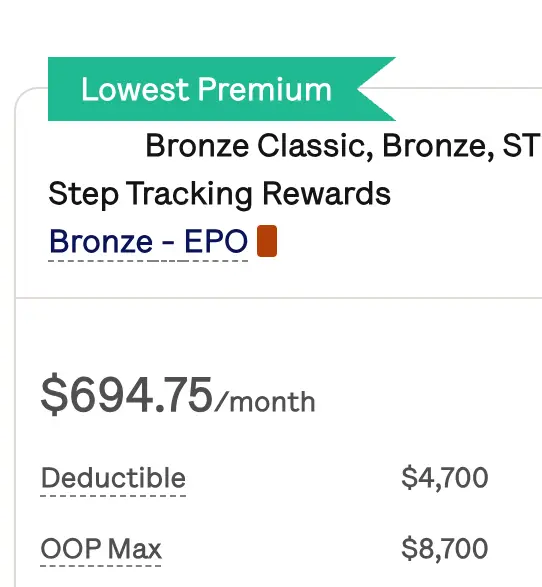Medicare for All - How much will it cost?
According to the World Bank, healthcare spending in the U.S. was $10,586 per person in 2018. In the same year, the median household income was $63,179. This means one out of six dollars spent was in healthcare, whether it was through health insurance premiums, copays, or tax payments.
Another study from the Massachusetts Health Policy Commission found 40 cents of every additional dollar earned in the past ten years was canceled out by rising healthcare costs.
One solution to address this unsustainable rise in healthcare expenditures relative to income has captured the zeitgeist recently, known simply as “Medicare for All”. What is less clear is how such a program would operate, what it would mean to you in terms of out-of-pocket costs and possible monthly premiums.
A Recap of The U.S. Healthcare Industry In 2020
- The national U.S. healthcare expenditure is $3.6 trillion in 2019 and is projected to reach $6.0 trillion in 2027 - nearly double
- The federal government spent $750B on the current Medicare program - 15% of the government budget
- The national deficit (debt) is standing at $17.2 trillion as of January 2020, larger than the economy as a whole
- Healthcare as a sector employs over 16 million people - one out of ten jobs in the U.S>
- Health delivery (hospitals and doctors) alone contributed to 29% of job gains from 2001 to 2016
- In 2020, employers estimate the cost of healthcare coverage to reach $15,375 for every worker and their families
- There are 30 million people without insurance and 56 million people who have insurance but can't afford to use it
The big picture: it is undeniable that U.S. healthcare is expensive. But it is also one of the main driving forces behind American economic prosperity. In a sense, we all are paying for prolonged economic growth with rising healthcare costs.
Is Medicare Free?
Medicare, unlike most people think, isn't entirely free.
There are three types of Medicare:
- Part A (for hospital) is free if you paid more than 7.5 years of taxes
- Part B (for doctor visits) costs $144 a month
- Part D (drugs) costs $34 a month.
On average, you can expect to pay $178 a month if you're qualified for Medicare. Let say you just came to the U.S. at 65 and have not paid taxes for more than 7.5 years, your monthly premium would be $178 + $458.

2020 monthly premium for Medicare

Get affordable doctor copay without paying insurance premiums
Join 39,000 people and get Mira, the best alternative to traditional insurance. Enroll and use immediately. Plans start at only $45/mo.
Khang T. Vuong received his Master of Healthcare Administration from the Milken Institute School of Public Health at the George Washington University. He was named Forbes Healthcare 2021 30 under 30. Vuong spoke at Stanford Medicine X, HIMSS conference, and served as a Fellow at the Bon Secours Health System.
